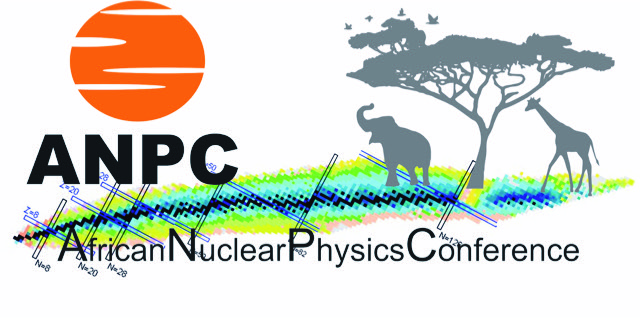Speaker
Description
One of the major issues in modern astrophysics concerns the analysis and
understanding of the present composition of the Universe and its various constituting objects. Nucleosynthesis models aim to explain the origin of the different nuclei observed in nature by identifying the possible processes able to synthesize them. Though the origin of most of the nuclides lighter than iron through the various hydrostatic and explosive burning stages in stars is now quite well understood, the synthesis of the heavy elements (i.e. heavier than iron) remains obscure in many respects. In particular, the rapid neutron-capture process, or r-process, is known to be of fundamental importance for explaining the origin of approximately half of the A>60 stable nuclei observed in nature. The r-process was believed for long to develop during the explosion of a star as a type II supernova but recent observations tend to favour the merging of two compact objects. The recent observation of the binary neutron star (NS) merger GW170817 and its corresponding optical kilonova counterpart suggest that neutron star mergers are the dominant source of r-process production in the Universe.
Comprehensive nucleosynthesis calculations based on sophisticated multidimensional relativistic simulations show that the combined contributions from both the dynamical (prompt) ejecta expelled during NS-NS or NS-black hole (BH) mergers, and the neutrino and viscously driven outflows generated during the post-merger remnant evolution of relic neutron stars or BH-torus systems can lead to the production of r-process elements from Zr (A ≥ 90) up to thorium and uranium with an abundance distribution that reproduces extremely well the solar distribution, as well as the elemental distribution observed in low-metallicity stars. The stellar nucleosynthesis requires a detailed knowledge not only of the
astrophysical sites and physical conditions in which the processes take place, but also the nuclear structure and interaction properties for all the nuclei involved. Both the astrophysical and nuclear physics aspects of the r-process nucleosynthesis will be discussed with a special attention paid to major open questions affecting our understanding of the r-process nucleosynthesis.

